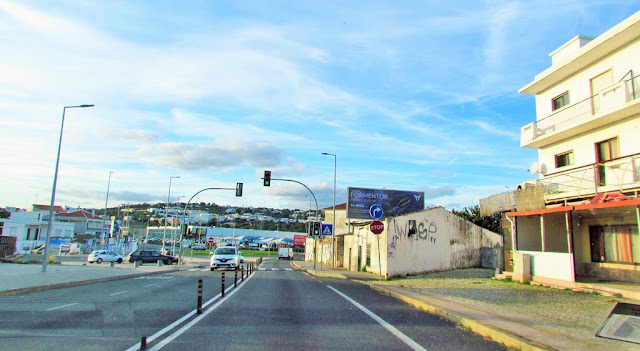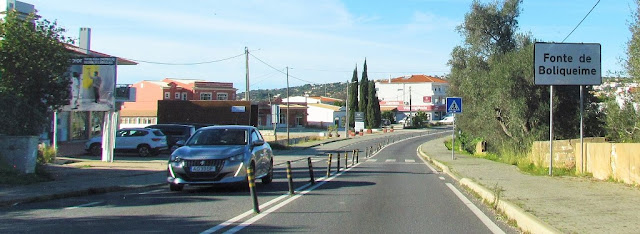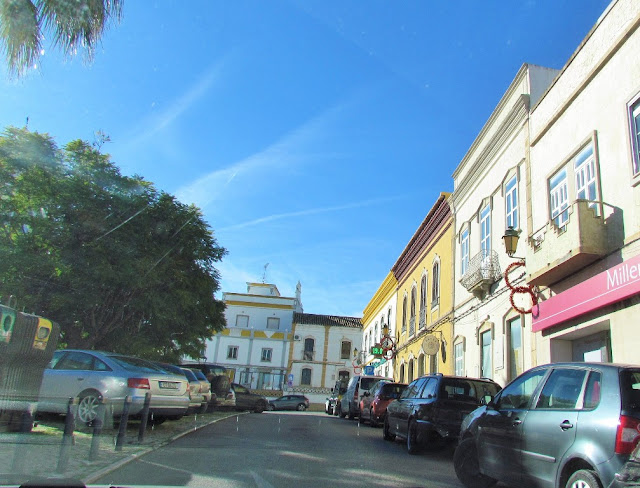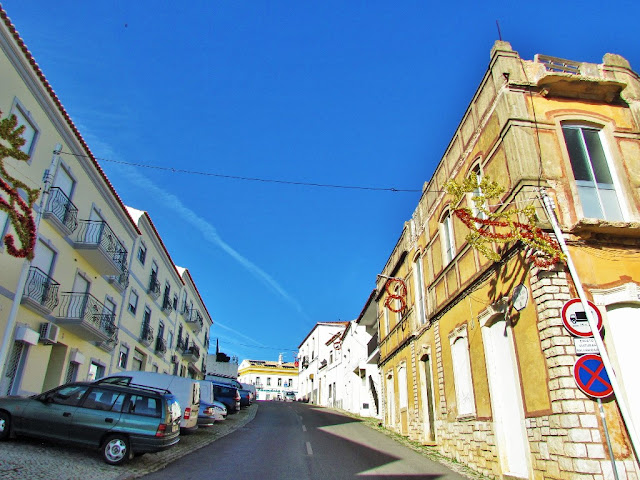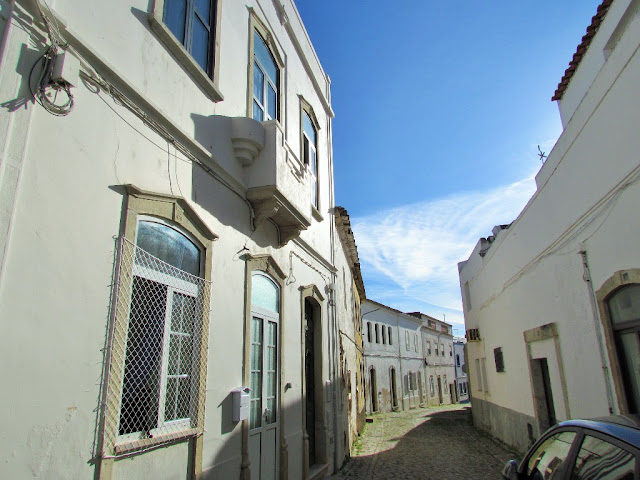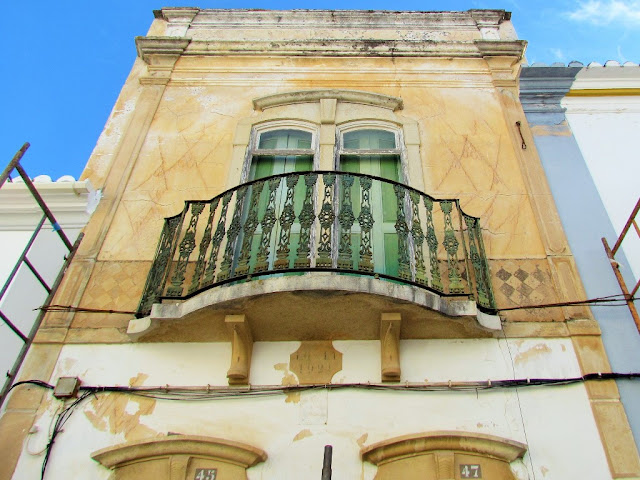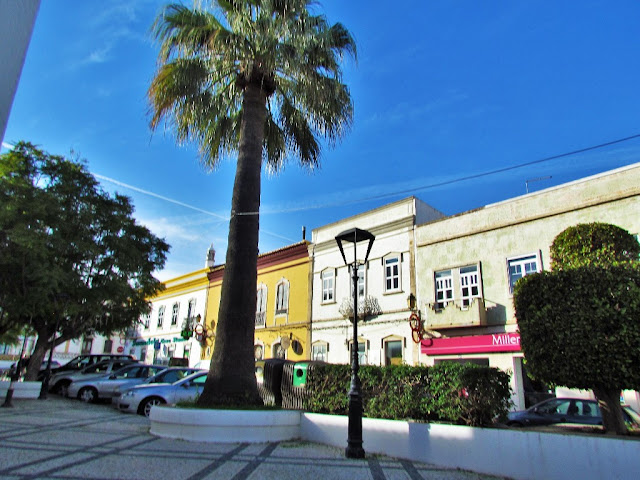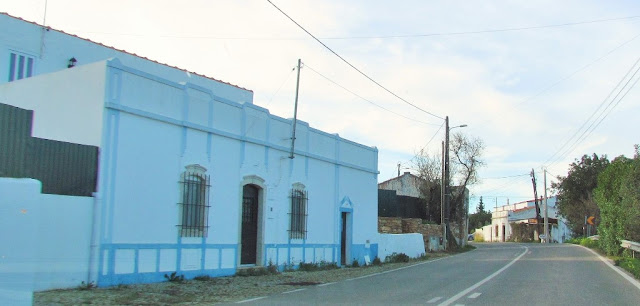BOLIQUEIME
37° 7' N; 8° 9' W
Boliqueime is a Portuguese parish in the municipality of Loulé, with an area of 46.21 km² and a population of 4789 inhabitants (2021 census). Its population density is 103.6 inhabitants/km², which allows it to be classified as a Low Density Area.
Boliqueime appeared where there are eyes of water. The toponym "Boliqueime" derives from the Italian "bulicame" which means "hot spring", with the creation of this village linked to the Genoese, Venetians and Sicilians who, in the 13th, 14th and 15th centuries, demanded the Algarve coast for tuna fishing and from the whale and went to Olhos D'Água (i.e. Boliqueime) to carry the essential drinking water. Obviously the Portuguese suffix "-queime" replaced the false Italian suffix "-came", thus expressing the meaning of the adjective "thermal".
This name, which pleased its natives, was adopted by the people and has remained in the village since Boliqueime “moved” to where it is currently located.
Patrimony
As a matter of curiosity, the story goes that it was in the parish that D. João I ordered the first experiments in planting sugar cane to be carried out. Affected by the 1755 earthquake, the parish church of Boliqueime had to be rebuilt, and is currently one of the tourist attractions in Boliqueime, followed by the museum and the Church of S. Faustino, a saint to whom the population dedicates a festival and great devotion for being called the lawyer of the broken.
The excellence of the landscape and the superior welcome of its people also constitute strong attractions for nationals and foreigners who visit it from afar and choose it as their home. The values of rurality characterize the parish of Boliqueime, which lives mainly from rainfed and irrigated agriculture, in addition to commerce that is located close to the urban cluster and in Fonte de Boliqueime and also extends along the EN 125.
Some traditions are also still alive in the parish, such as the fairs on August 4th and October 17th, the festival in honor of Nossa Senhora das Dores, São Luís and São Sebastião, in September and the festival of São Faustino , on Easter Sunday. A more recent tradition, in mid-June, the popular festivals of São João take place in the atrium of the Main Church.
There are also walking tours through the parish's landscapes, from where you can glimpse the sea, old windmills, water wells, viewpoints, streams with clear, crystalline waters and the most varied vegetation.
💓💓💓💓💓
SEARCH IN ALPHABETICAL ORDER
IN THE DISTRICT OF FARO
💓💓💓💓💓
Return to mainland Portugal &
the Azores and Madeira islands













